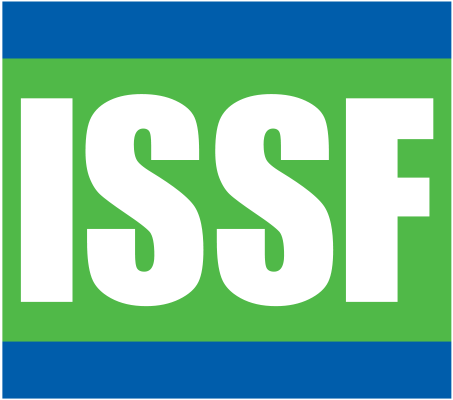Document: ISSF 2013-07: Vessel Buybacks in Purse Seine Tuna Fisheries. The Role of Auction and Financing Structures
Executive Summary
In this paper, we explore the use of vessel buyback auctions to address issues of overcapacity and excess capitalization in fisheries with limited entry. A vessel buyback program is a decommissioning scheme in which a regulatory authority buys out existing vessels from a fishery and retires them in order to reduce the number of vessels vying for a particular fish stock. While such programs do not entirely eliminate incentives to overcapitalize for those boats that remain in the fishery, they can reduce industry-wide capacity for some time. They can also play an important role in smoothing the transition to a rights-based management regime by rationalizing the market and easing enforcement by limiting the number of participants over which property rights must be allocated.
Our simple theoretical model of a self-financing buyback program implemented in a fishery comprised of vessels that differ in their skill and/or cost structures generates several key insights. First, the financing structure under the buyback can have profound impacts on auction outcomes. A homogenous financing rule that spreads the costs of the buyout evenly across all vessels will result in smaller buyouts than one that spreads costs across boats based on their increased profits under the newly consolidated fishery. The magnitude of this difference is increasing in the heterogeneity of profits across vessels within the fishery.
Second, the structure of the auction itself also matters. A sequential auction that buys one boat at a time until equilibrium is reached will generally result in a smaller buyout than one that announces a one-time schedule of offers to pay a given price for a specified number of vessel retirements (TOLI). The former mirrors the structure of a typical open-ascending auction while the latter resembles a closed-descending price auction. As is typical in these auction structures, the sequential auction leads to a larger transfer of wealth from buyers to sellers. Thus, the sequential auction results in a smaller and less cost-effective buyout than the TOLI auction since the cost per bought out vessel is higher under this structure.
The theoretical modeling is followed by a stylized case study of a TOLI auction inspired by the Inter-American Tropical Tuna Fishery. As predicted by the theory, the heterogeneous financing rule always yields a larger buyback than the homogenous one. When all vessels are assumed to face the same well capacity constraint, these differences are relatively modest, ranging from 12-30%. In all cases, the buyback would reduce the size of the existing fleet by at least one-half, reflecting the sizable difference in vessel profitability within the fishery.
When the assumption of uniform well capacity is relaxed, buyback outcomes change considerably. While the heterogeneous rule still generates a sizable buyout that ranges between 40 and 50 percent of vessels, the homogenous tax system yields very few and in some cases zero buybacks. This occurs because small but highly skilled boats are too expensive per unit of fish to buy out and unwilling to contribute much to the buyback since they cannot absorb much additional catch. It is also noteworthy that an imperfect heterogeneous financing mechanism based on catch is nearly as effective as the perfect one based on profitability. The empirical analysis consistently underscores the importance of having reasonable estimates of vessel-level financial gains from a buyback in order to design a successful auction.
Downloads: 11341 | 313565 | Views: 0
